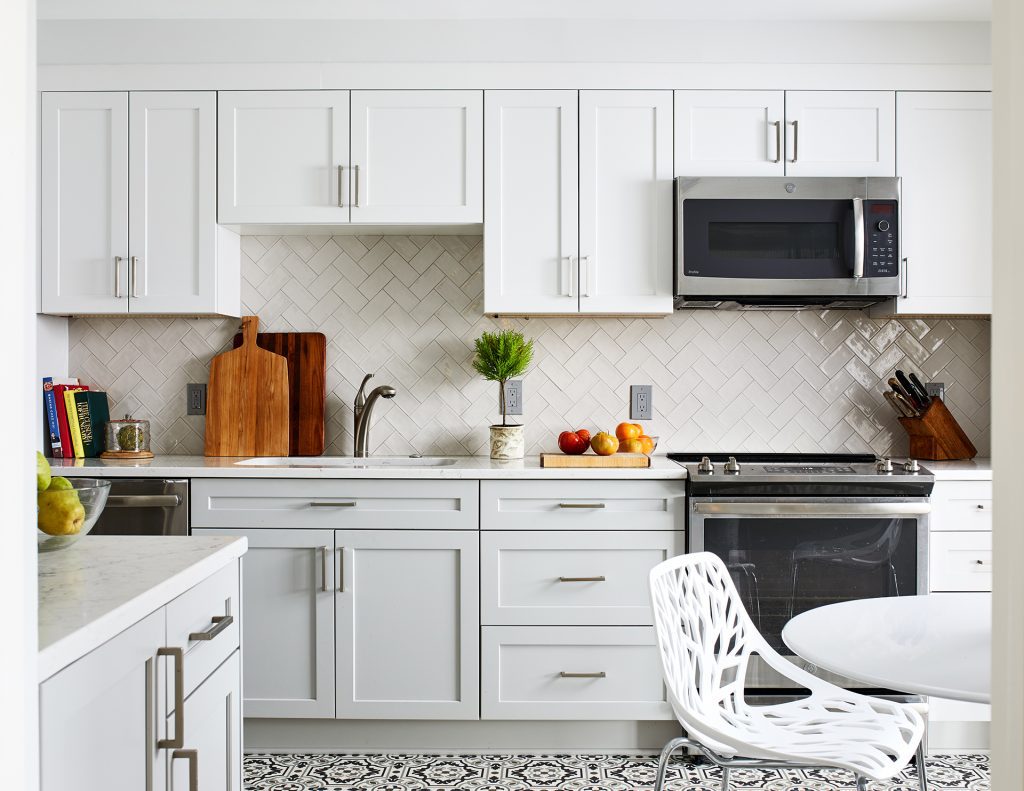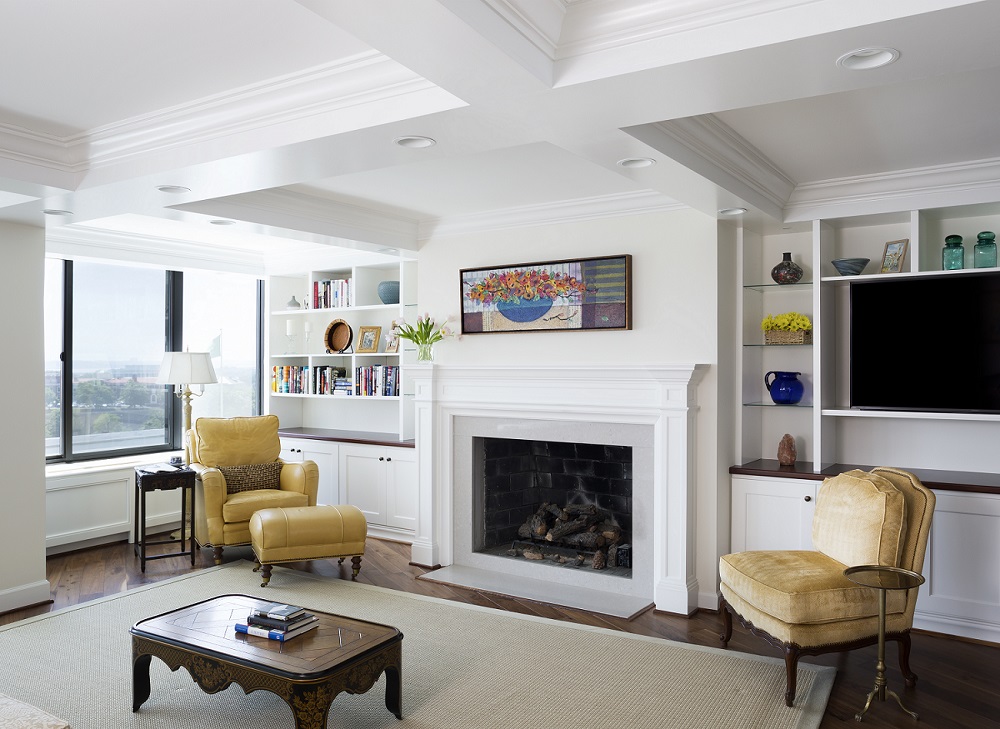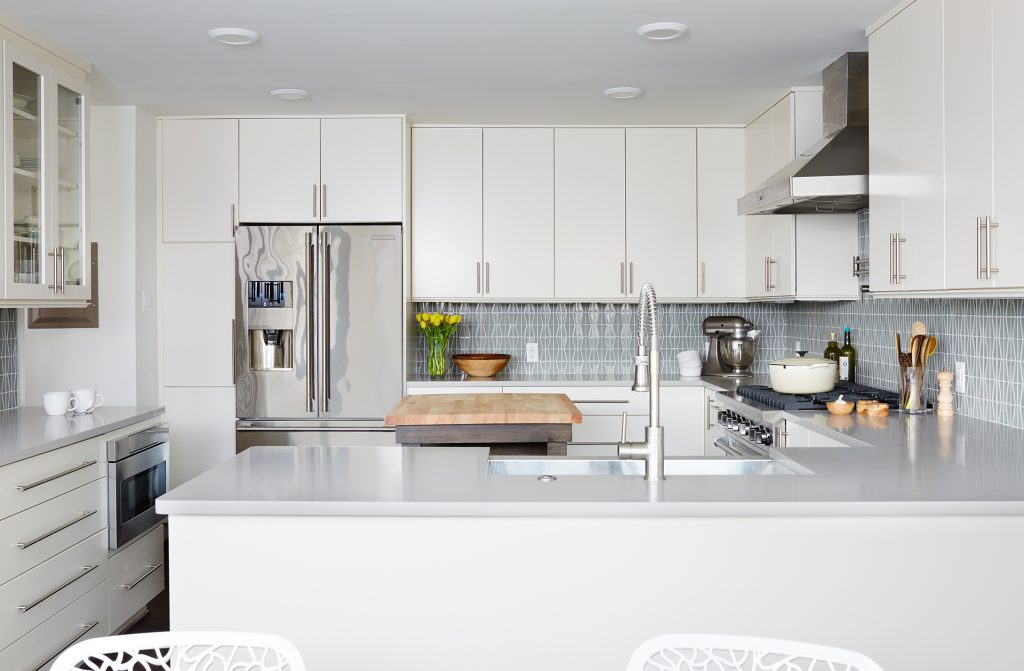As life gets more and more hectic, we find many clients craving a more convenient lifestyle. They don’t need a lawn to mow, gardens to weed, or a driveway to shovel. They want to be close to work, restaurants, shopping, or the theater. This is driving demand for housing in urban environments and as a result, we are seeing more projects in condominiums. Remodeling these spaces is specialty work and requires specific expertise.
If you are contemplating a project in a condominium, the following are things you should consider:
What is the approval process?
Work to be performed in a condominium often must be approved by the Condominium Association. The association is typically composed of members of the community who have been elected to handle the affairs of the association. Included in these responsibilities is ensuring that work done within individual units does not have a negative effect on the value of other units in the building and that any work does not represent undue risk for neighboring owners. Every association has different submittal requirements. These submissions/ approvals are in addition to any building permits required for the work. It is helpful to understand exactly what will be required early in the process of developing a project in order to avoid delays.
Analyze the capacity of the utilities servicing the unit.
Infrastructure items within condominium buildings can be old and out of date. Is there enough electricity coming in to the unit to add that second oven? Is there space in the panel for new circuits? Can you upgrade the service? In many cases, the answer is no. The earlier you know what is possible, the better. These issues could significantly effect design decisions or product selections.
You may need to use surface mounted lighting.
Many buildings are constructed in a way that prohibits the recessing of lighting into the ceiling cavity without compromising ceiling height. LED lighting technologies offer low profile options but still may require constructing a new ceiling a few inches below the existing one in order to conceal wiring.
Older buildings may contain hazardous materials that require special attention.
Asbestos or lead based paint is often present in older structures. The removal or disturbance of the materials may be subject to federal requirements developed by the EPA. Consult with building management and the firm doing the work to have a full understanding of what is required to safely remove these materials from the job site. Removal or remediation of hazardous materials entails special procedures and will impact both the length of a project and its cost.
Are there constraints on the work?
Some buildings limit the hours during which work can be performed or specify which elevators must be used for the movement of construction materials. If the water supply must be shut off temporarily, are there prescribed time-frames for doing this? Is parking available for crafts people? Are there requirements for protecting the walls and flooring surfaces in public spaces during the work? These constraints can effect how long the work will take and may add to the project cost. Get answers to these questions in order to avoid surprises.
Permits can be a challenge.
Condominiums are multi-family facilities that may be located in very large, multi-story structures. As a result, the permitting requirements and process can be much more involved than procuring a permit for a single family home. Depending on the specifics, different code requirements might also apply (IBC vs. IRC).
You probably can’t move much.
Because many condominium buildings are multi-family/ multi-story structures, you probably have neighbors all around you. This makes moving things like plumbing rough-ins difficult. So toilets, showers and tubs are probably going to need to stay in their current location. Probably… where there is a will, there is a way but it won’t be easy or inexpensive. Walls might be the exception- they can often be moved or removed as they may not be part of the building’s structure. You may not be able to relocate the kitchen, but you can often open it up to surrounding space and a sink can often be moved a few feet from its current location.
The work is going to cost more than if done in a single family home.
The logistics of renovating condominiums can be complicated. You can’t place a dumpster in the driveway. Parking can be an issue. Everything to be removed must be taken out in small batches, put in an elevator or brought down steps, placed in a vehicle, and transported to a facility that is, almost always, a long distance from the work site. Materials being delivered to the site face the same challenges. The work is not necessarily any harder, it is the logistics that make working in condos more expensive.
Living in a condominium can be a great experience. Maintenance of the building is handled by others, they are often located in desirable areas offering easy access to nearby amenities, and because many include elevators and single floor living, they are accessible to people of all ages. But when it comes to remodeling, they have a unique set of challenges that you need to consider. A little research of your specific situation early in the process will limit surprises and additional expenses during the work.
Want to see examples of projects in condominiums?



